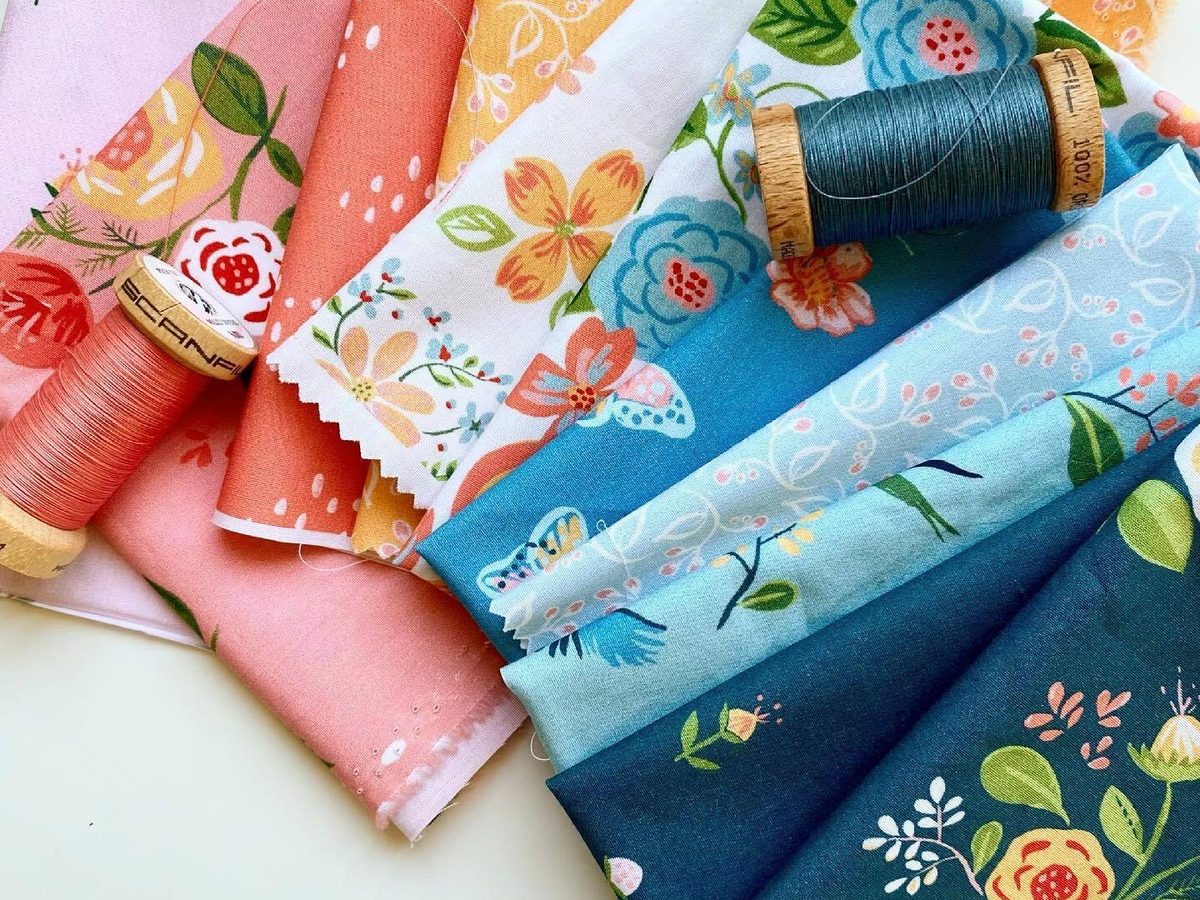The GOTS certification for organic cotton, sets requirements for working conditions and a fair wage in the production phase. Since Monaluna works with this certification they will do fine on an ethical level. The fabrics from newer collections are woven and printed in South Korea and the older ones in India, this is reflected in the GOTS control certificates. Those certificates also list names of the last producer of the product but it is unclear what this producer was used for and how many more producers there are. The origin of the cotton is not always traceable. Yet the list is extensive and traceable almost by product. We think it’s great that they are so transparent.

The founder of the brand is very passionate about organic cotton and used to find it hard to find when she was looking for it because there were limited options available according to her. She wanted to support organic cotton cultivation and so founded her own fabric company through which she now designs and commissions the production of only GOTS-certified textile collections.
In Monaluna’s latest collections, the fabrics are digitally printed instead of screen printed to reduce water consumption and waste. Switching to this printing method has little impact on the quality of the fabric but is a lot more environmentally friendly.
The dyes used for printing are not plant-based but the GOTS certificate also sets environmental and safety requirements for the textile dyes. For example, Monaluna guarantees that no harmful chemicals and heavy metals have been used in the dye.
Although almost all fabrics consist of 100% cotton, there are also some jersey knit fabrics that can be found with 6% elastane. Because elastane is synthetic (read manufactured from petroleum), it is less environmentally friendly and requires a lot of chemicals to produce the fabric. But the added elastane makes the fabric suitable for clothing where a little stretch is needed or fine such as in leggings or pajamas. For children’s pajamas, by the way, it is recommended for safety reasons to provide them closely fitted to the body, so a great choice.
Because basically all fabrics are made of 100% cotton (or a maximum of 6% elastane) and thus consist of one material, they are easy to recycle and can get a second life. The brand itself does not work with recycled fabrics.
All the fabrics are designed in the United States and then they are made in South Korea or India. The cotton woven into the fabrics could also come from another location. In any case, the fabrics travel a long way before they reach the stores. We would like to see it more local.
Monaluna works with collections that have the same theme and/or certain color palette. There are 4 to 6 collections released per year and in general these collections are printed only once. Prints that are often requested by customers are sometimes reprinted.
The design on the fabrics is quite timeless yet very vibrant! They are cheerful, full of color and with fun characters like animals and flowers.
Monaluna has the products tested and acquires the GOTS certificate from the Control Union. The certificates they get from them they put on their website per collection. These documents include factory names of those who performed last production step but no information is given about the earlier production steps. The brand is not open about the origin of the cotton and how and where exactly their products are made.
Conclusion
For a cheerful, unique and organically certified fabric from Monaluna, you can visit the stores marked on the map below.







